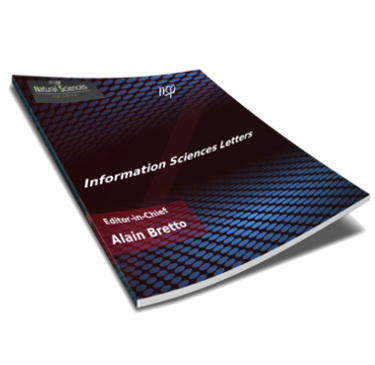
Information Sciences Letters
Abstract
This research work investigates the potential of computer – vision cellular – phone based systems to extract traffic and pedestrian parameters; using handheld smartphones with different camera characteristics; i.e. resolution, sensor size and image depth. Various locations with different geometry and functions were selected. Different traffic parameters were extracted: vehicle spot speed and three state vehicle speed profiles (steady, acceleration and deceleration), vehicle speed and time headway relation, vehicle classifications, roadway level of service and pedestrian walking and crossing speed in light and congested traffic area. The difference between actual and measured parameters defined as error and the relationship between error and camera characteristics were investigated. Also, a linear regression models were developed to express actual measured parameters as function of smartphone measures, error as function of camera characteristics. Analysis of extracted parameters showed there was a high correlation between camera characteristics and the accuracy of measured parameters. In fact, increasing camera resolution and sensor size would give high accuracy results for all studied parameters. The percentage of error was consistently ranged, for vehicle speeds it ranged between (1.4% - 10%), for pedestrian speeds it ranged between (0.5% - 9%) and for vehicles dimensions it ranged between (10% - 25%). The outcomes of this research showed high potential accuracy of smartphone – based vision systems in extracting traffic parameters and opened the door to integrate smartphones in different transportation engineering and civil engineering applications.
Recommended Citation
Taleb Obaidat, Mohammed and H. Kwaylih, Tasneem
(2022)
"Potential of Computer-Vision Cellular-Phone Based System to Extract Traffic Parameters,"
Information Sciences Letters: Vol. 11
:
Iss.
3
, PP -.
Available at:
https://digitalcommons.aaru.edu.jo/isl/vol11/iss3/13

